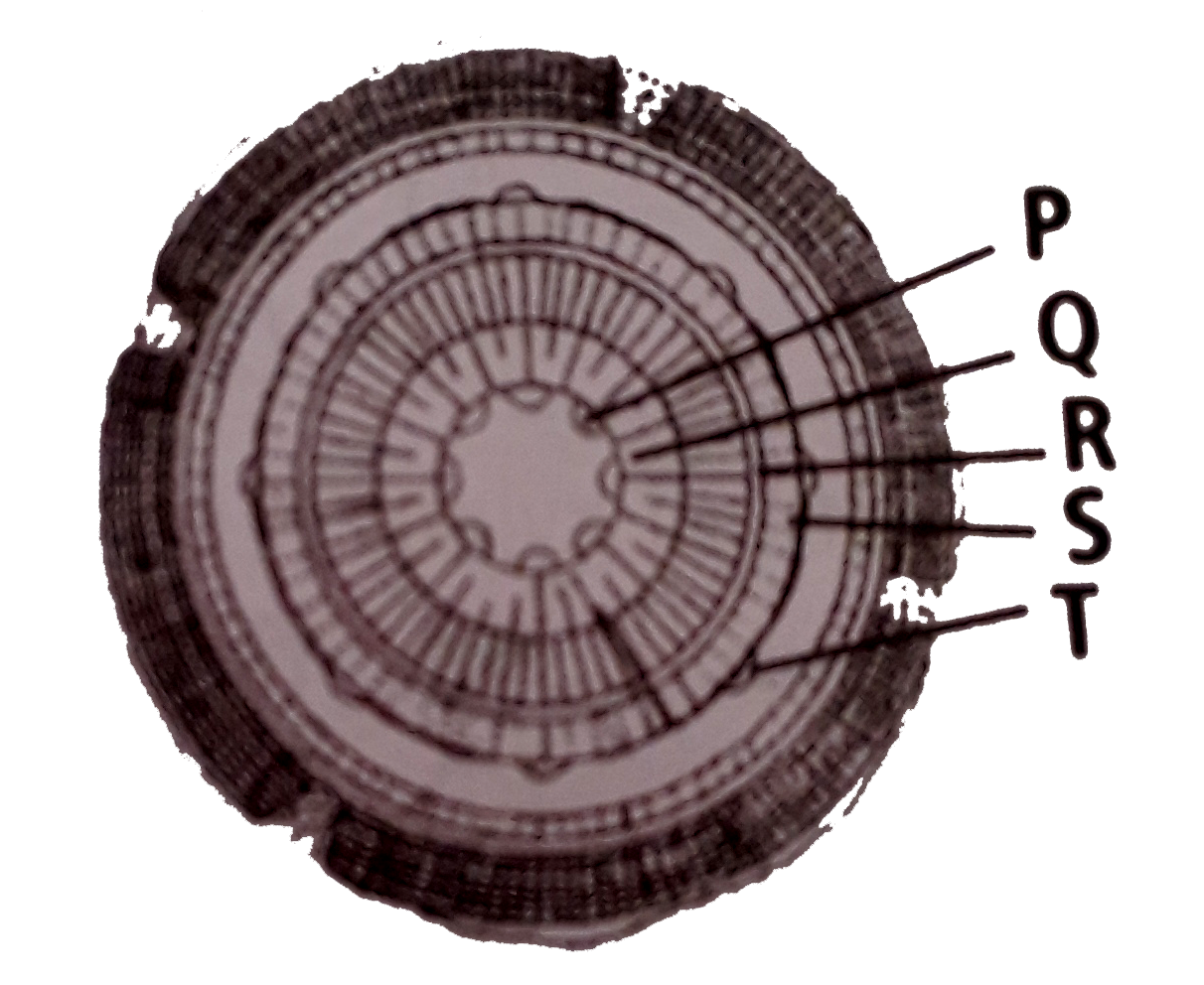A monocot showing secondary growth is
Lilium
Cocos
Yucca
Asparagus
The correct Answer is:3
Step-by-Step Solution:
1. Understand Secondary Growth: Secondary growth refers to the increase in the thickness or girth of a plant. It is primarily associated with the development of woody stems.
2. Identify Which Plants Exhibit Secondary Growth: Generally, secondary growth is characteristic of dicotyledonous plants. However, there are exceptions among dicots that do not exhibit secondary growth.
3. Recognize the Role of Cambium: The cambium is a layer of tissue that lies between the xylem and phloem and is responsible for producing secondary xylem (wood) and secondary phloem (bark). The presence of cambium is crucial for secondary growth.
4. Consider Monocots: Monocots typically do not show secondary growth because they lack cambium. This means they do not develop woody stems in the same way that many dicots do.
5. Identify Exceptions in Monocots: Despite the general rule, some monocots can exhibit secondary growth through a process known as "anomalous thickening." This means that while they lack cambium, they can still increase in girth through other mechanisms.
6. Examine the Given Options: The options provided are:
- Lilium
- Cocos
- Yucca
- Asparagus
7. Determine Which Monocot Exhibits Secondary Growth: Among the options, the yucca plant is known to show secondary growth through anomalous thickening. The other options (Lilium, Cocos, and Asparagus) do not exhibit secondary growth.
8. Conclude the Answer: Therefore, the correct answer to the question "A monocot showing secondary growth is" is Yucca.
---
- Lilium
- Cocos
- Yucca
- Asparagus
Topper's Solved these Questions
Similar Questions
An example of monocots showing secondary growth in stem is
View SolutionAssertion . No secondary growth takes place in monocots. Reason. Secondary growth is not related to cambium.
View SolutionAs Single cotyledon of monocots is called Scutellum
R Monocots show secondary growth.
View Solution[A]: The vascular cambium is absent in monocots.
[R]: The monocots never show secondary growth
View Solution
Identify P,QltRltS and T in the given T.S. of dicot stem showing secondary growth and select the correct options
View SolutionIn monocot stems, secondary growth cannot occur because vascular bundles are
View SolutionPlants showing no secondary growth are
View SolutionIdentify the tissue not formed during secondary growth in plants.
View SolutionIn dicot root, cambium develops from secondary meristem. First to happen during secondary growth is
View SolutionWhat is the fate of primary xylem in a dicot root showing extensive secondary growth?
View Solution
